By Michelle Ramos, First Grade Teachers at La Pluma Elementary School
As an avid reader and first grade teacher, authors are my rock stars. Last week, I had the chance to meet and listen to two of my favorite authors, Donalyn Miller and Kathy Collins. They each were keynote speakers at the Reading and Writing Project at Columbia University. I was able to attend the Reading Institute thanks to the Booksource Scholarship. (Thank you, Booksource!)
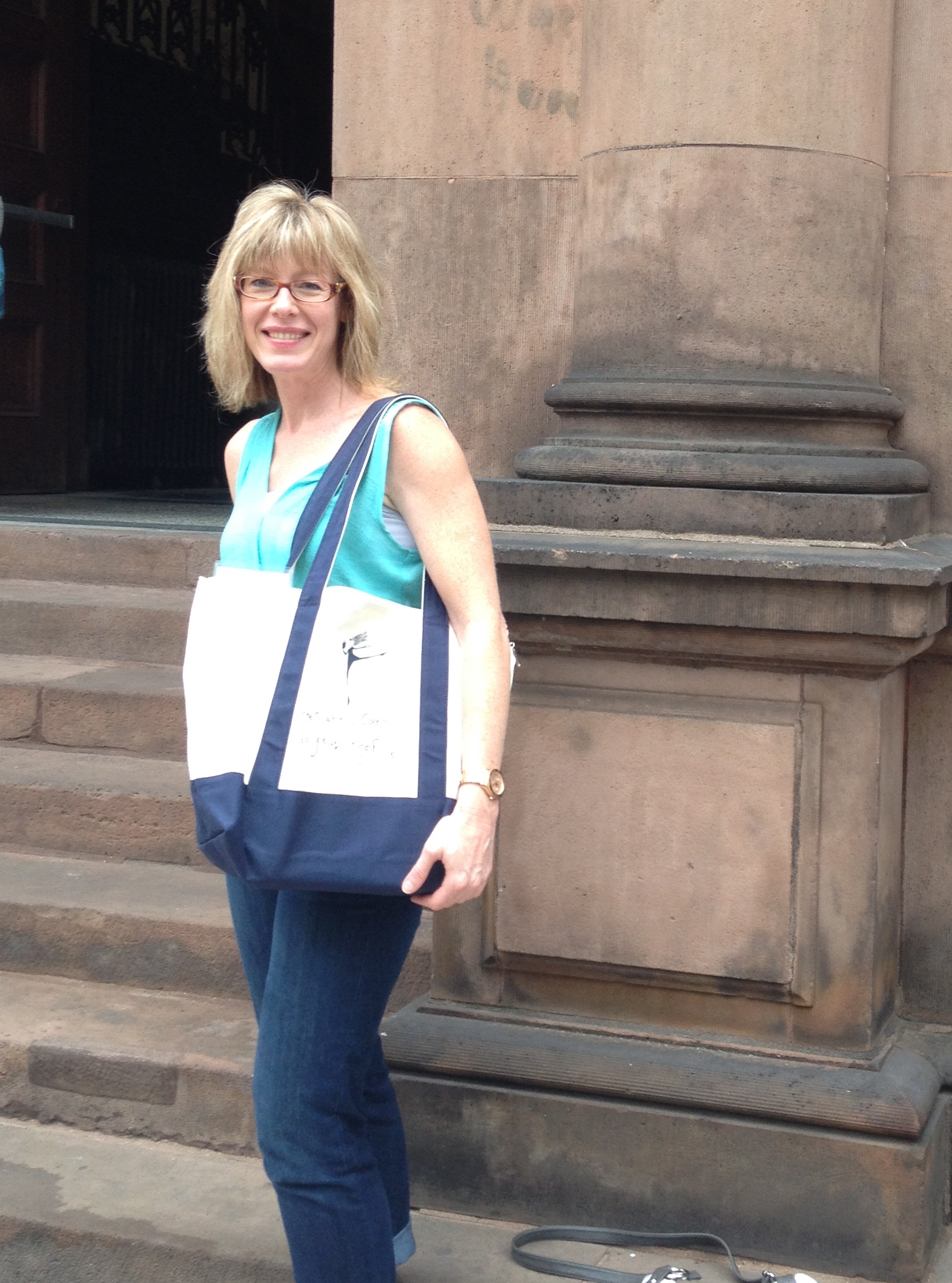
Those involved in education know that there are “buzz words” that come and go in teaching. For the last few years I had been hearing the buzzwords “Writer’s Workshop” and “Reading Workshop.” My first graders wrote every day and read every day both with me and independently, but I knew something was missing from my teaching and felt inadequate as a teacher. I had read the Lucy Calkins books on Writer’s Workshop as well as Kathy Collins’ Growing Readers but still didn’t understand how all of the pieces fit together for the Reading and Writing Workshop. I passionately agreed whole heartedly with Donalyn Miller’s beliefs that children need lots of opportunities to read during class time, but what I didn’t understand was how to teach them the strategies they needed to become lifelong readers.
This is where the Reading Institute comes in! I was able to spend a week at Columbia University attending reading workshops every day from 8:30 – 2:30. The components of Reader’s Workshop were broken into parts and each day a new part was taught—first in a small group in the morning and then in more detail after lunch in a large group setting. The first thing I learned was that the Reader’s Workshop was composed of a mini lesson, student reading time, a mid-workshop teaching point and then a teaching share time. Here is a brief summary of the different parts:
Mini lesson: During the mini lesson, the teaching point is clearly stated and the teacher demonstrates exactly what the students are to learn to do as readers.
Student Reading Time: During this time, the students read quietly to themselves and then with their partner. The teacher uses this time to confer with students and/or meets with guided reading groups.
Mid-Workshop Teaching Point: Halfway through the workshop the teacher gives a quick pointer or tip.
Teaching Share Time: At the end of the workshop, the teacher brings closure by sharing ways students have incorporated that day’s mini lesson into their work and/or share new insights.
Wow, so many great takeaways! Before the Reading Institute, I felt like I had been learning how to swim by reading a manual. The Institute allowed me to get in the pool and have private swim lessons. The Institute scaffolded the learning so it was not overwhelming—a different piece of the Reading Workshop was introduced and taught each day. By the end of the week, the parts fit together and it all made sense. I felt ready to float on my own!
My favorite part of the day was right before lunch when we had the opportunity to hear a different keynote speaker/author. On Monday, Lucy Calkins reminded us of the enormous challenges we face as teachers. Tuesday, Nell Duke taught us that when teaching informational text we need to use project-based learning in order to engage our students. On Wednesday, David Booth explained how technology has changed how readers read. Thursday, Donalyn Miller showed us how to make our students lifelong readers, and Friday, Kathy Collins made analogies between the thigh gap (yes, thigh gap) and student achievement that made us laugh so hard we cried. I use the pronouns “us” and “we” because at the beginning of the week I had arrived not knowing anyone and five days later “I” had evolved into “us”—new friends I had made, educators united by their passion for reading and for creating students who will become lifelong readers.
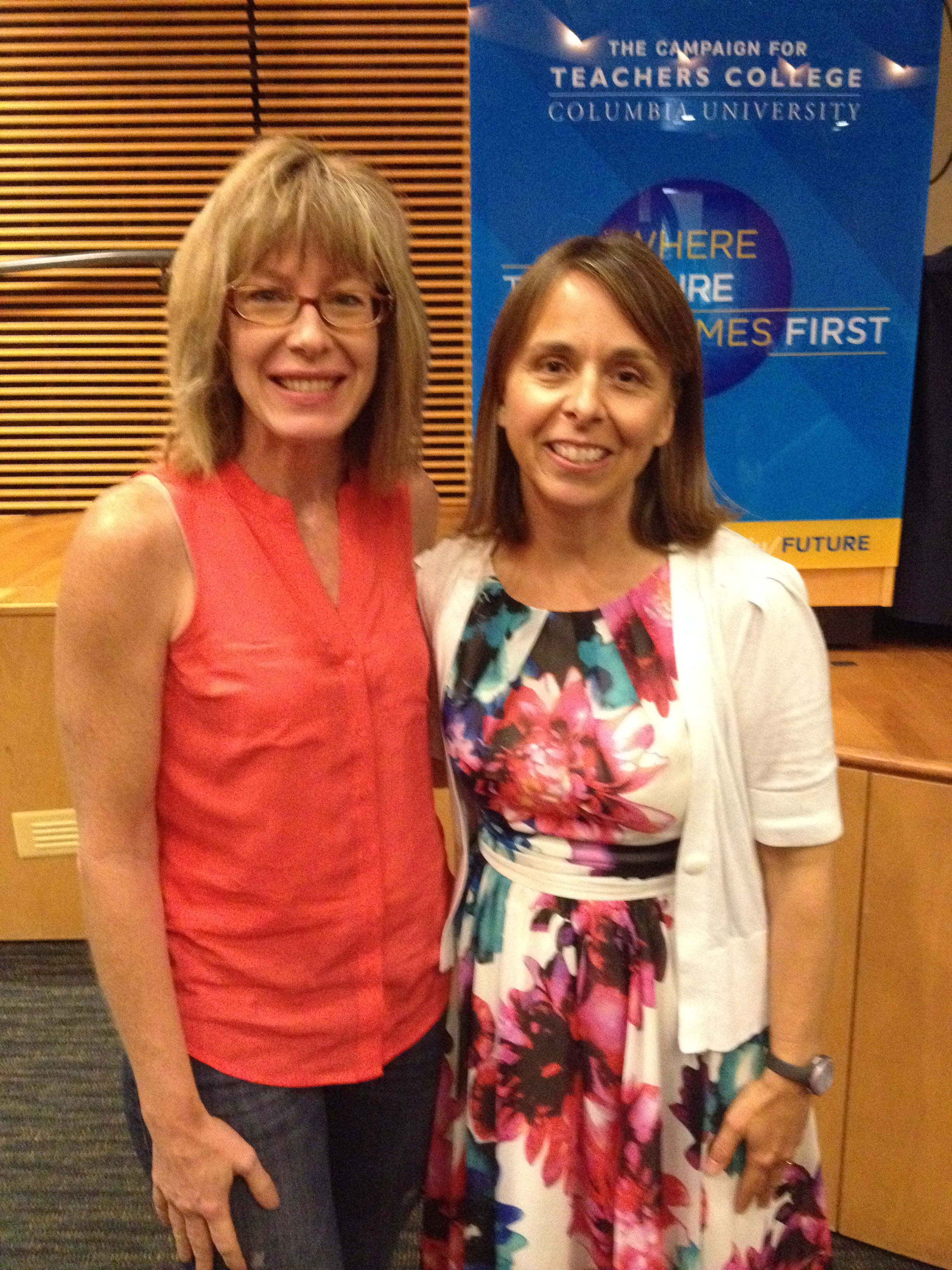 |
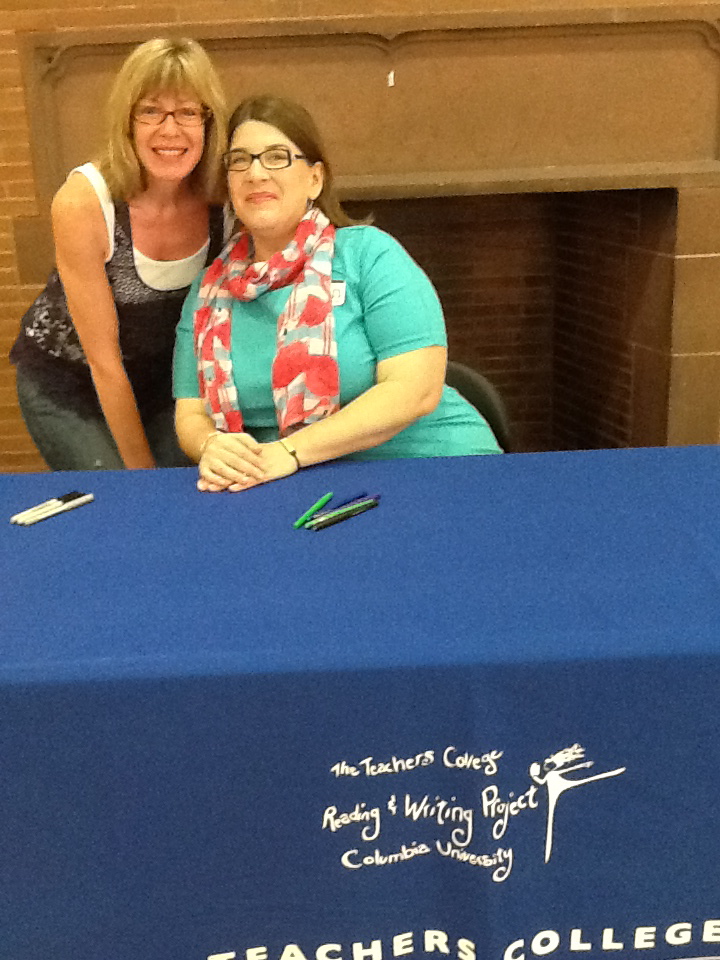 |
|---|
In addition to taking back the enormous pile of new books that I bought at the Institute (both professional reading and books for my students), I will be bringing all of my new learning back to the classroom. I can’t wait to implement all of the pieces of the Reader’s Workshop! Attending the Institute validated my belief that “the whole world opened to me when I learned to read” (Mary McLeod Bethune).
Michelle Ramos is a first grade teacher at La Pluma Elementary School outside of L.A. Her favorite book to use in her first grade classroom to spark a love of reading is Purple, Green and Yellow by Robert Munsch. “He is one of my favorite authors to read aloud. My students fall in love with his silly patterns and exaggerations. He is a great author to use at the beginning of the school year.” Follow her on Twitter @micheller888.


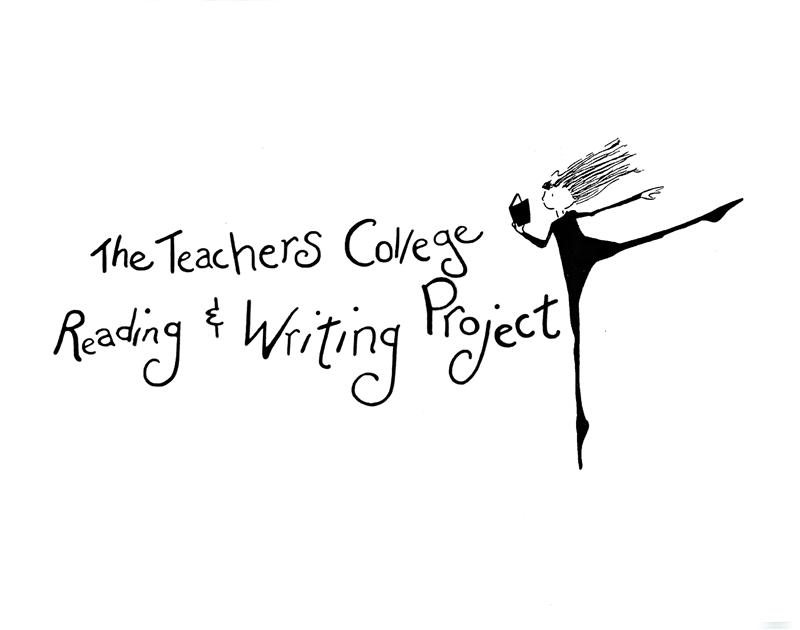
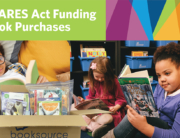
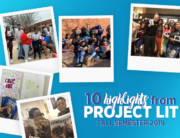
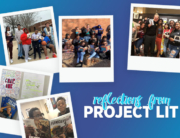
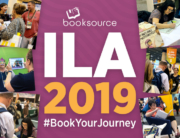
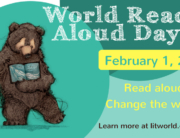
Leave A Comment